Finance for HR Leaders: The Use and Benefits of Financial Ratios
VerifiedAdded on 2022/08/24
|7
|1551
|25
Report
AI Summary
This report, titled "Finance for HR Leaders," delves into the crucial role of financial ratios in analyzing organizational performance. It emphasizes how ratios provide insights into a company's financial health, aiding investors, managers, and HR leaders in making informed decisions. The report discusses the use of ratios in analyzing financial reports, highlighting their ability to simplify data, facilitate comparisons, and identify trends. It also explores the benefits of using ratios, such as assessing profitability and risk through the analysis of income statements, balance sheets, and cash flow statements. Key ratios like liquidity and solvency ratios are examined, illustrating their importance in evaluating a company's short-term and long-term financial stability. Furthermore, the report acknowledges the limitations and consequences of over-analyzing ratio analysis, including its disregard for qualitative aspects and potential for misleading interpretations. The report concludes by reinforcing the value of ratio analysis as a tool that provides a better understanding and comparability to the users for the data in the financial statement, while acknowledging its drawbacks, such as the potential for window dressing and the historical nature of the data.
1 out of 7
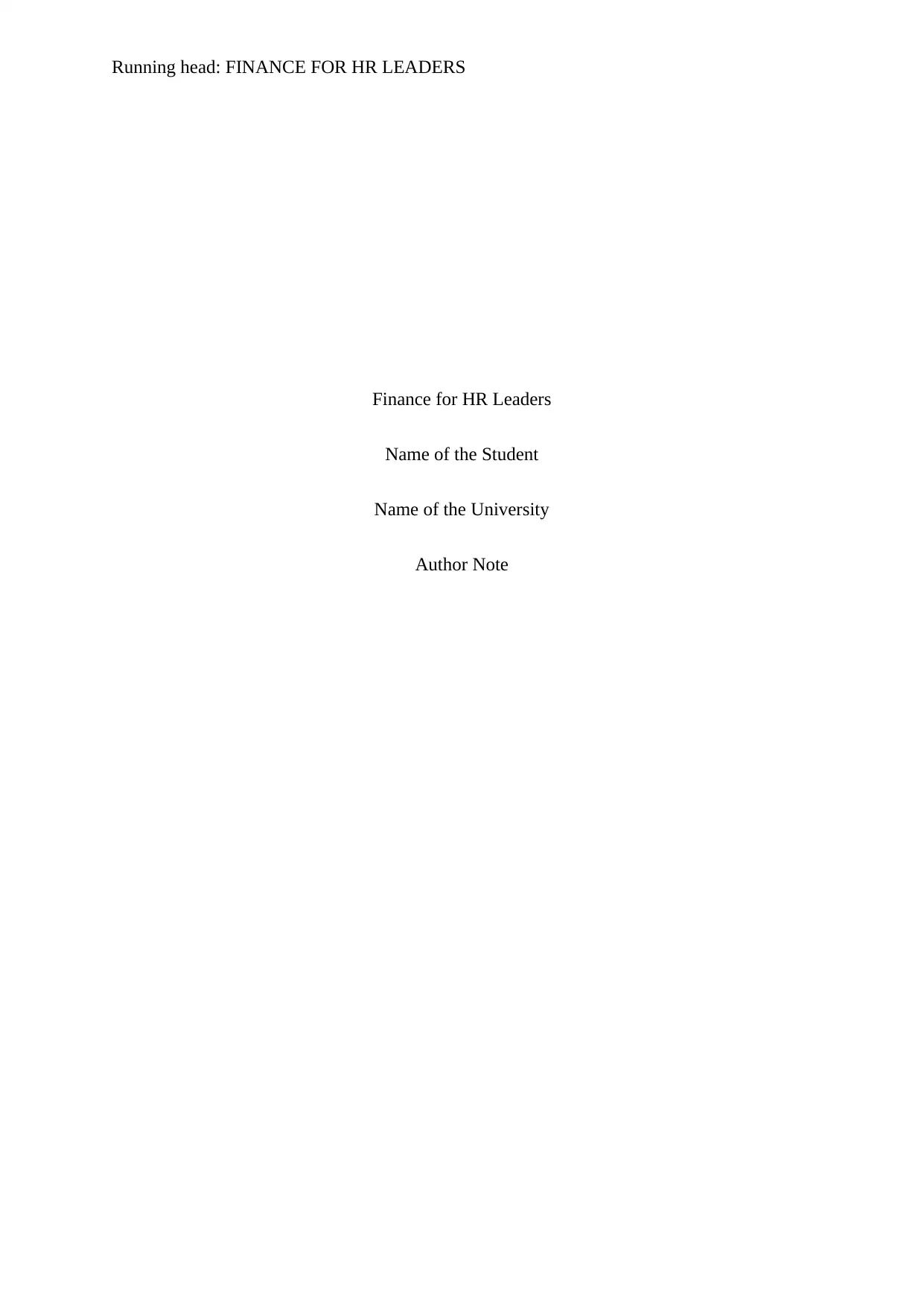
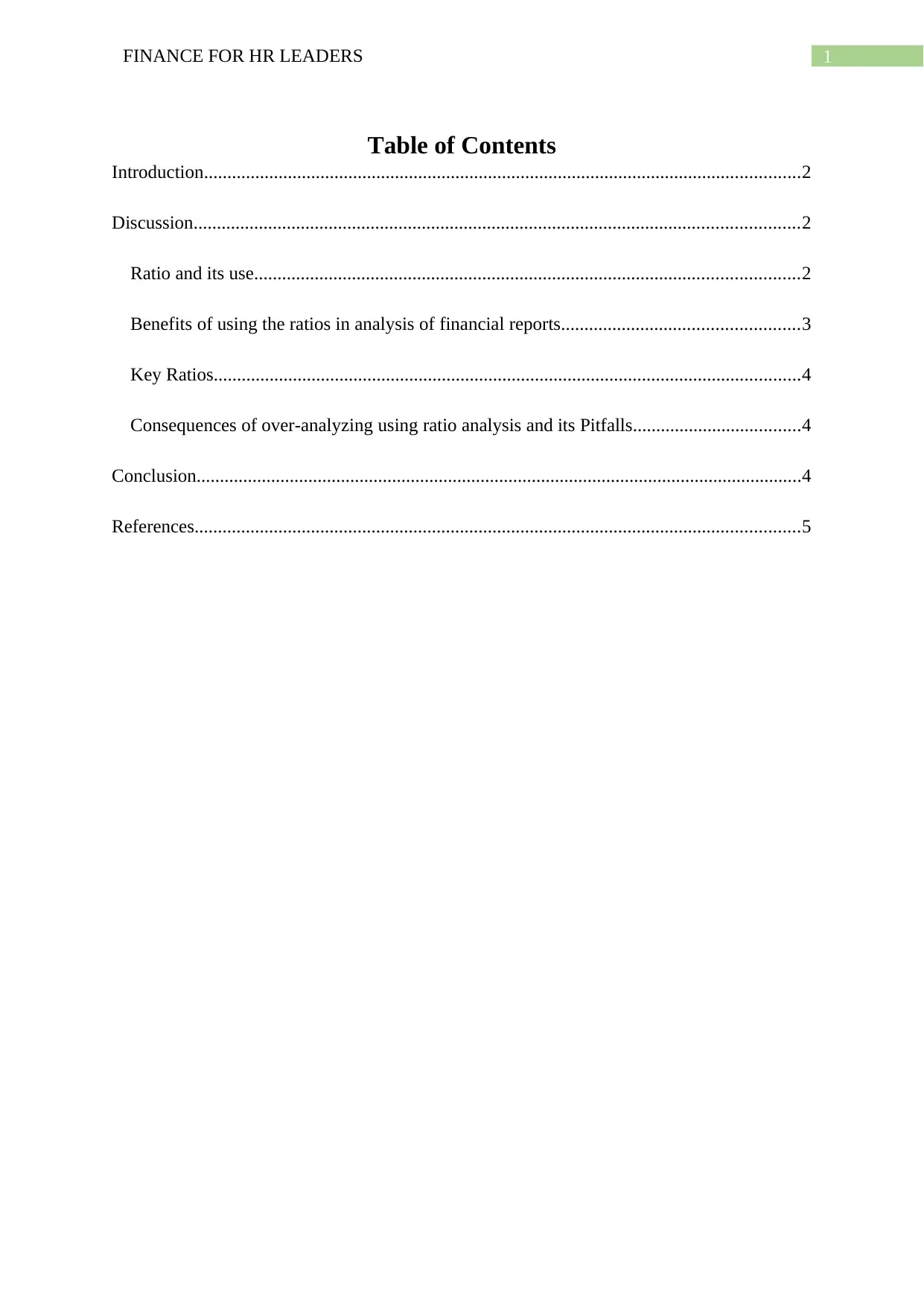
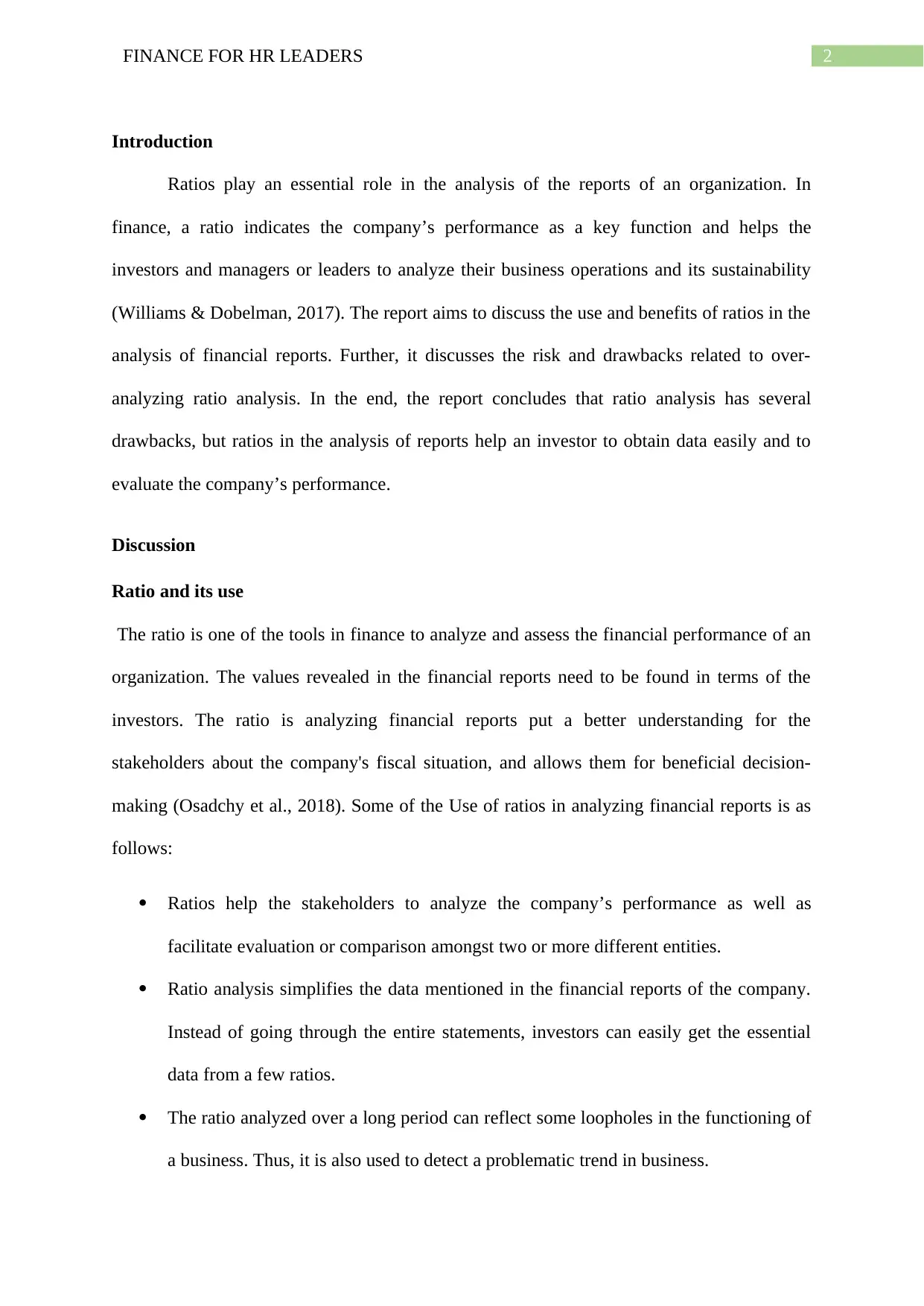
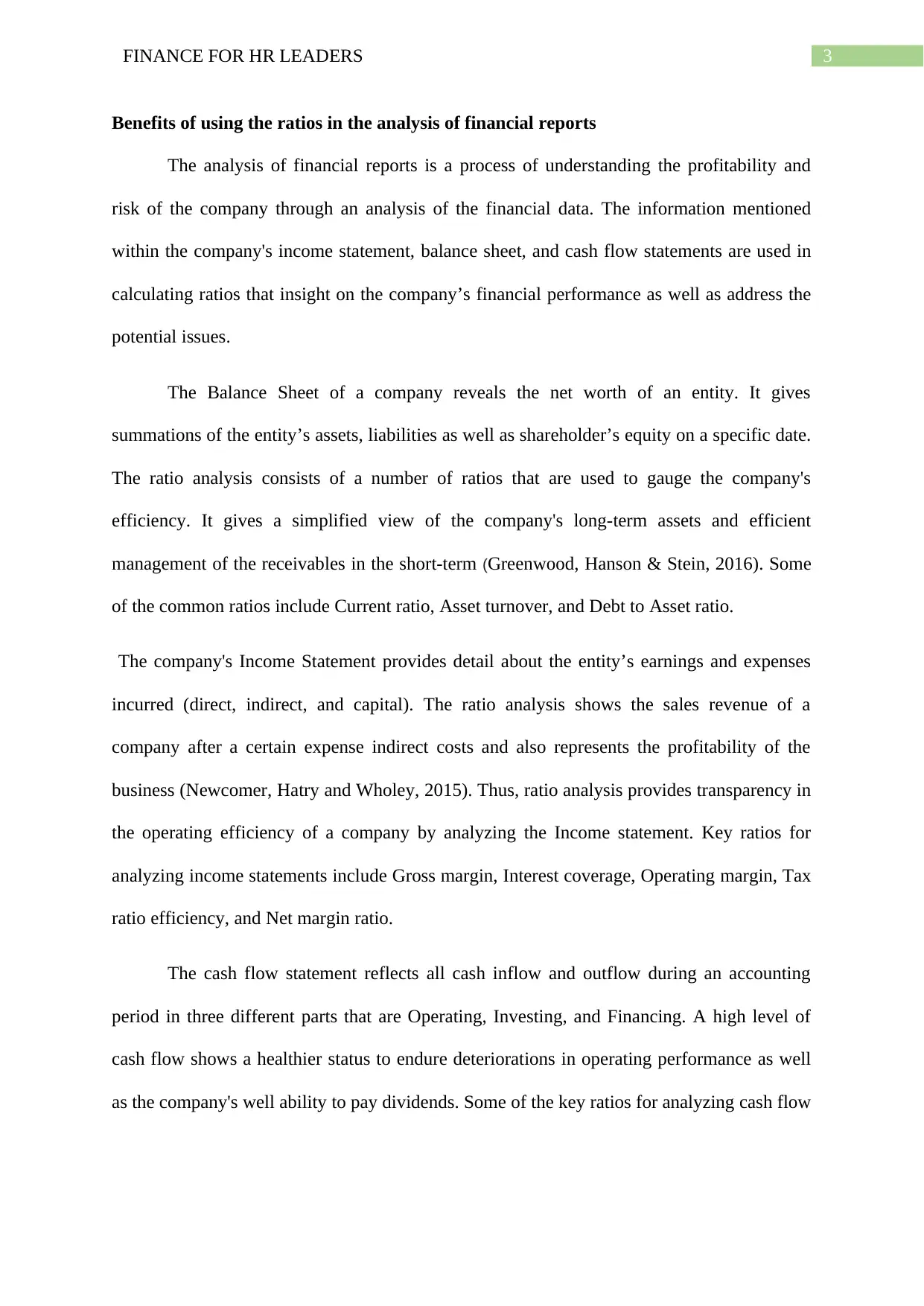
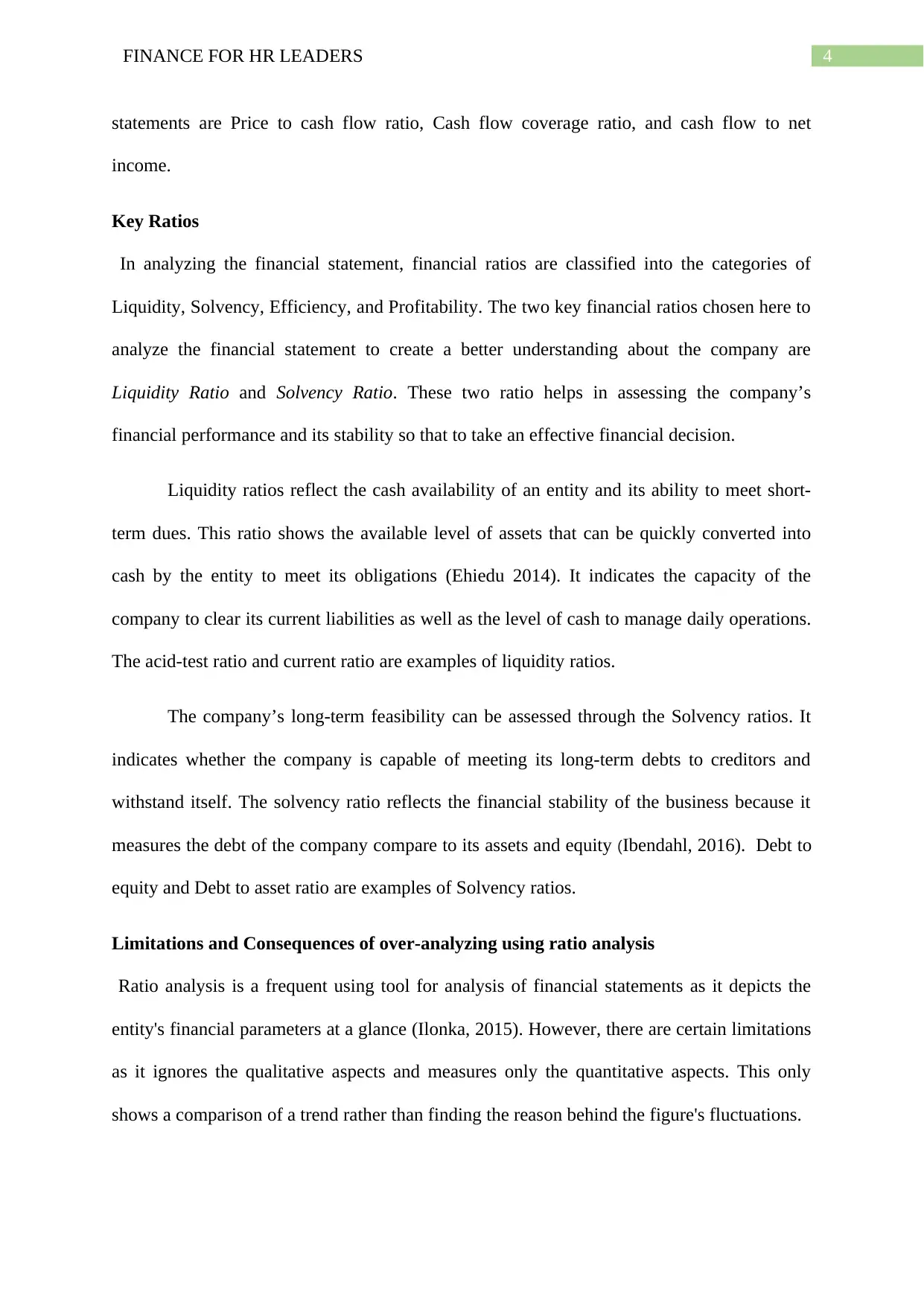
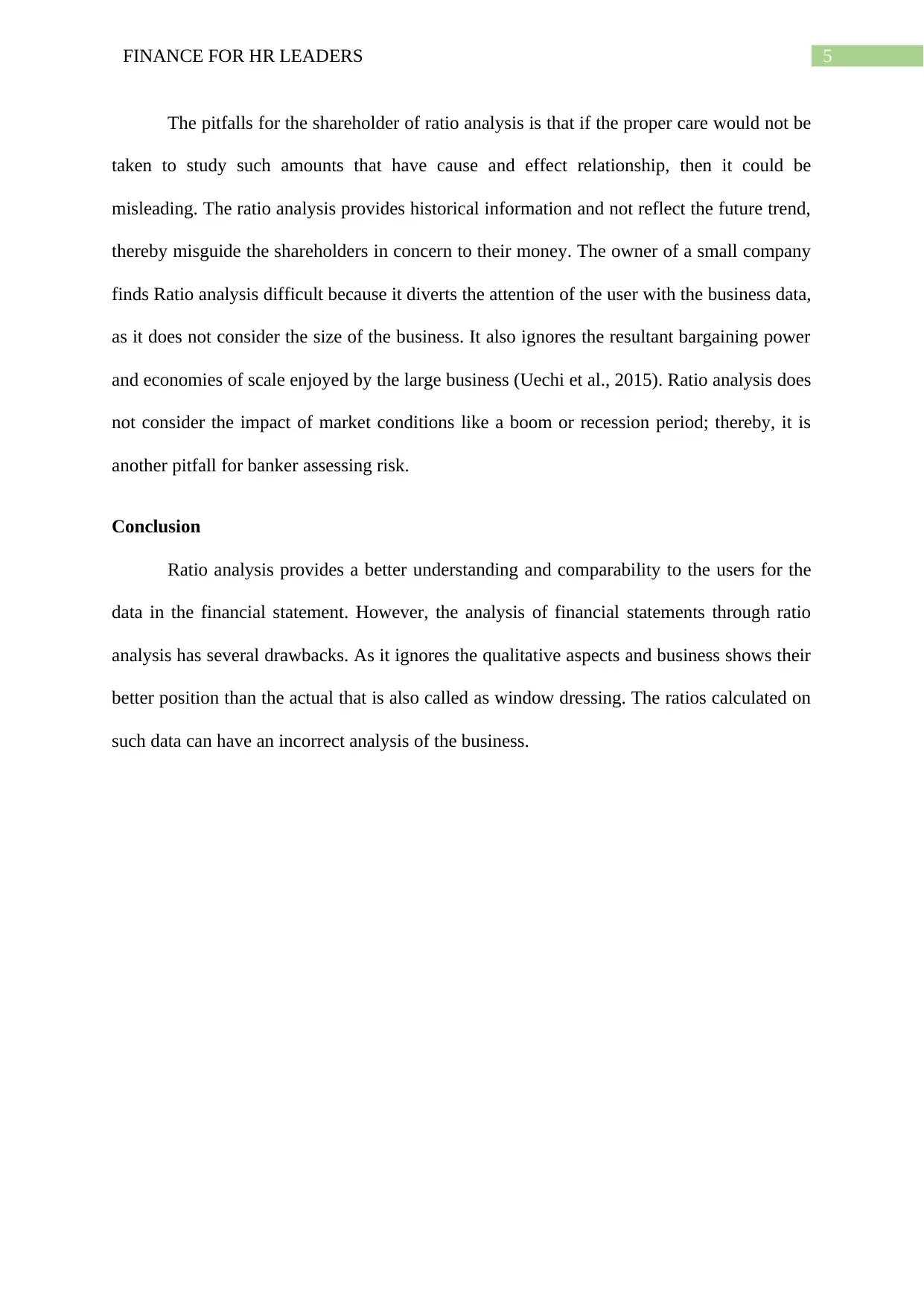
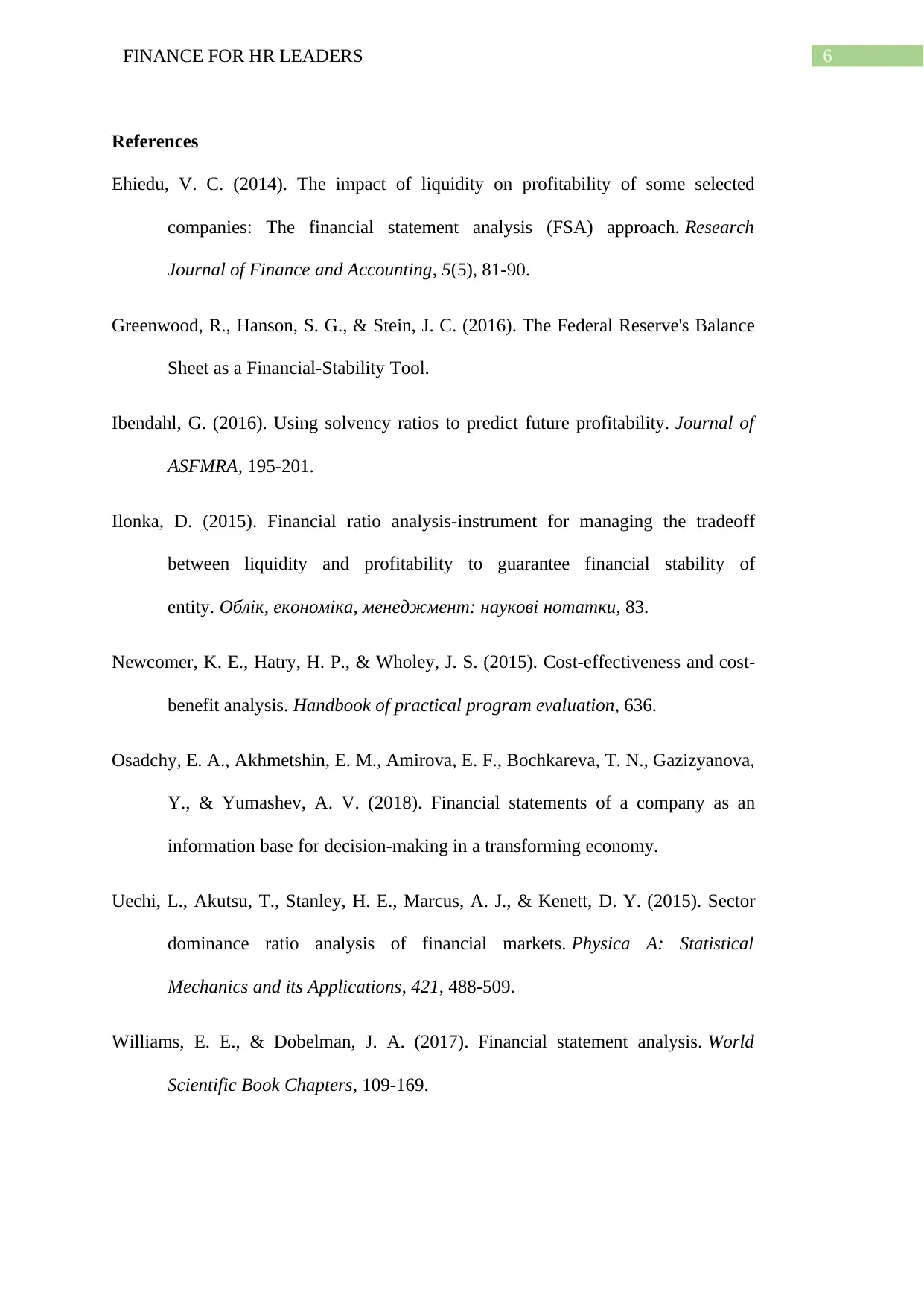






![[object Object]](/_next/static/media/star-bottom.7253800d.svg)